Office Web Applications
(Originally posted at Cloud Avenue)
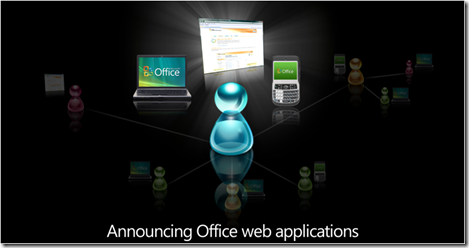
This year’s Microsoft Profesional Developers Conference is full of announcements and surprises. The next big announcement besides Windows Azure (and Windows 7?) is the new “Office Web Applications” live service. The Office team will be delivering the five most popular Office applications as light weight browser based versions that include Word, Excel, PowerPoint, and OneNote.
Here are some of the demo screenshots available:
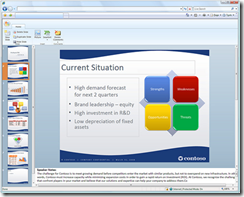
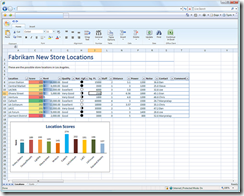
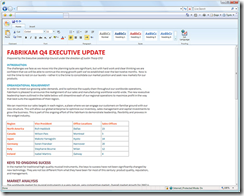
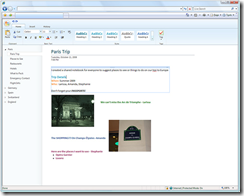
The applications will be offered in both a simple HTML/AJAX version and a rich-client Silverlight version.
Office Web Applications are not planned to replace Microsoft’s traditional desktop offering but rather complete it, together with Mobile Office for mobile devices, allowing users to seamlessly work on their documents across all environments.
Providing such a reach collaboration environment isn’t a simple task as you can see in the following interview of Antoine Leblond, Senior VP of Office Productivity Apps and Chris Bryant, General Program Manager:
Although its not meant to replace its Desktop Office offering, one of Microsoft’s biggest cash cows, one has got to wonder about the risk these new services to cannibalize their big desktop brother’s profits. Windows and Office, which are Microsoft’s core business, are likely to stay its core moneymakers for at least the next 2-3 years, maybe even longer.
This move clearly shows that Microsoft is starting to think beyond that and along with its other platform announcements (Azure, Live Mesh…) we can clearly see a trend away from desktop software to rich clients installed from the web….
Office Web Applications will be released to a limited set of partners and customers at the end of this year. The release date will closely align with Office 14 and Windows 7 which will be sometime in late 2009 or early 2010.
Microsoft plans to make Office Web Applications available as a service through its Live platform supporting both an ad-funded and a paid-subscription models.
Business users that require an on-premise will be able to do so through Sharepoint via its traditional volume licensing program.

